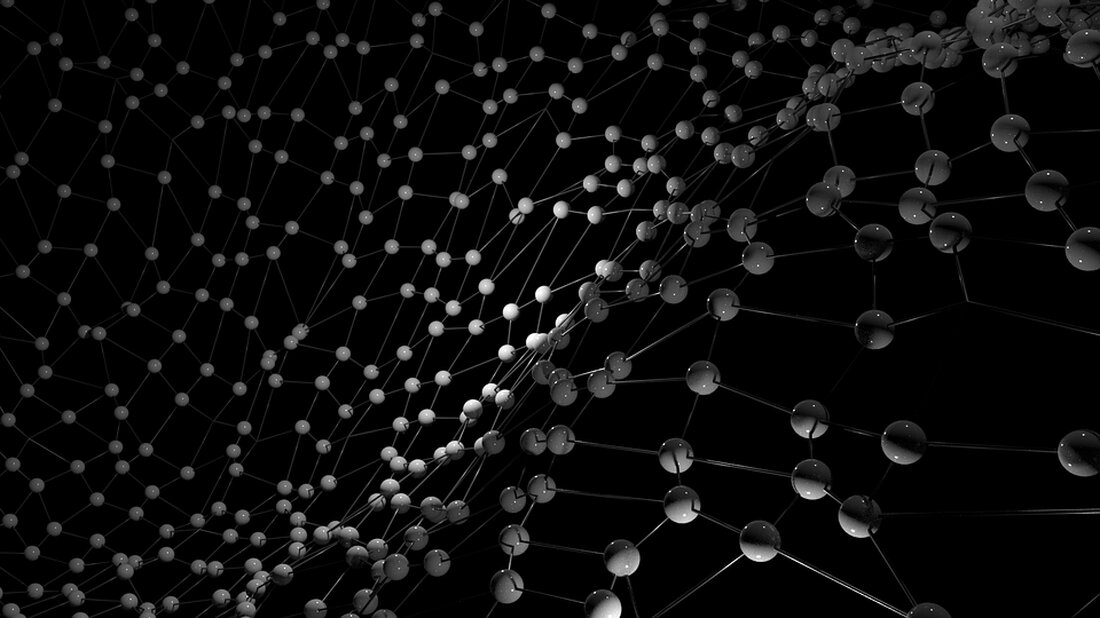Molecular Gastronomy: Science meets Food
Molecular gastronomy: Science meets food Molecular gastronomy is a term that has become increasingly popular in recent years. It is an innovative practice that uses scientific methods and insights to improve food preparation and presentation. Molecular gastronomy pushes the boundaries of traditional cooking and creates fascinating combinations of flavors and textures. The beginnings of molecular gastronomy The roots of molecular gastronomy can be traced back to the 1980s. At this time, some chefs, such as French chef Pierre Gagnaire and Spanish chef Ferran Adrià, began experimenting...

Molecular Gastronomy: Science meets Food
Molecular Gastronomy: Science meets Food
Molecular gastronomy is a term that has become increasingly popular in recent years. It is an innovative practice that uses scientific methods and insights to improve food preparation and presentation. Molecular gastronomy pushes the boundaries of traditional cooking and creates fascinating combinations of flavors and textures.
The beginnings of molecular gastronomy
The roots of molecular gastronomy can be traced back to the 1980s. At this time, some chefs, such as French chef Pierre Gagnaire and Spanish chef Ferran Adrià, began using experimental techniques and ingredients to improve their dishes. This was the beginning of a movement that took the art of cooking to a new level.
The basics of molecular gastronomy
Molecular gastronomy is based on understanding the physical and chemical properties of food. It refers to the study of the physical and chemical transformations that occur during cooking. By applying science and technology, chefs can manipulate the composition of food and create new taste experiences.
An important aspect of molecular gastronomy is the use of additives and chemicals to improve the texture and presentation of dishes. A well-known example of this is the thickener xanthan gum, which is used to stabilize sauces and soups or to give them a creamier consistency.
The tools of molecular gastronomy
To apply the principles of molecular gastronomy, chefs need specialized tools and equipment. One of the best-known innovations is the use of nitrogen. By immersing food in liquid nitrogen (-196°C), it can become cold and have an interesting texture in seconds. This makes it possible to make frozen desserts or serve dishes with smoke.
Another important tool in molecular gastronomy is the vacuum sealer. This device allows food to be vacuum sealed, which can result in better shelf life and taste. By removing the air, flavors are better preserved and the product can be stored longer.
The innovative techniques of molecular gastronomy
Molecular gastronomy offers a variety of innovative techniques not present in traditional cuisine. These include, among others:
Spherization
Spherization is a technique that converts liquids into small spheres. This is done through the use of sodium alginate and calcium chloride. By immersing a liquid in a solution of sodium alginate, an outer layer is formed, which becomes a solid ball when it comes into contact with calcium chloride. This technique is often used to serve sauces or soups in the form of small balls of caviar.
Emulsions
Emulsions are an important technique in molecular gastronomy that allows liquids to be stabilized and mixed together. An example of this is adding lecithin to a liquid to create a foamy texture. By using emulsion techniques, chefs can bring new textures and flavors to their dishes.
Using sous vide
The sous vide method is an important technique in molecular gastronomy in which food is vacuum sealed in plastic bags and then cooked at a low temperature. This preserves the natural flavors and juices, resulting in improved flavor intensity. This technique allows chefs to cook food to perfection while maintaining its texture.
The influence of molecular gastronomy on the culinary world
Molecular gastronomy has changed the culinary world forever. By using scientific principles and techniques, chefs can create new flavor combinations and textures that were previously unimaginable. This innovation has transformed not only the way we think and talk about food, but also the industry itself.
Another impact of molecular gastronomy is advancing the scientific understanding of food. Chefs become "culinary scientists" who research and use the physical and chemical properties of food to improve their dishes. This has led to greater interest in scientific studies of food and close collaboration between chefs and scientists.
The debate about molecular gastronomy
Despite its success, molecular gastronomy has also attracted criticism and debate. Some critics claim that the use of chemicals and additives in molecular gastronomy harms the natural and healthy image of food. They also claim that molecular gastronomy experiments often neglect traditional preparation and taste of dishes.
Nevertheless, there are also many supporters of molecular gastronomy who see it as a way to expand and enrich the culinary world. They argue that the use of scientific principles and techniques allows chefs to take their creativity and craft to new levels.
Conclusion
Molecular gastronomy is a fascinating and innovative practice where science and food come together. It's changing the way we think and talk about food and opening up new opportunities for chefs to improve their dishes. With tools like nitrogen and vacuum sealers as well as techniques like spherization and sous-vide, molecular gastronomy enables completely new taste experiences. Although it stirs controversy, it has profoundly changed the culinary world and will continue to drive innovation in the culinary arts.
You can find out more about natural and healthy nutrition in our guide magazine Your-Heilpraktiker.com

 Suche
Suche
 Mein Konto
Mein Konto
